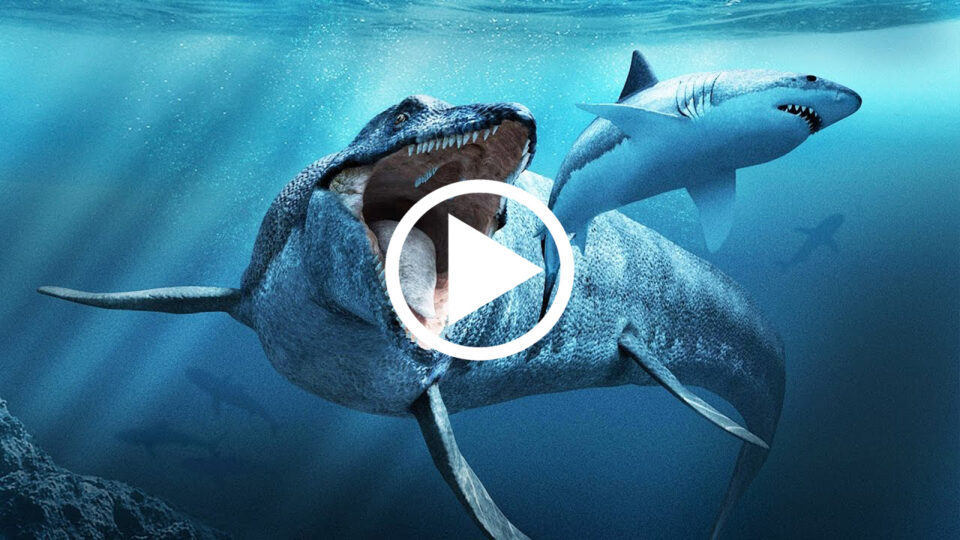Have you ever wondered how scary the creatures living in the ocean could have been millions of years ago? Well, I can tell you they were big and scary, and they wouldn’t feel complexed onebit next to the ocean creatures of today.
They had some unbelievable sea monsters millions of years ago, that would have had anyone living at the time swim for their lives, and some of them still exist today.
It’s time to put on your wet-suit and jump into the ocean as we countdown 15 deadliest sea monsters that ever existed, if you dare.
Livyatan Melville The biggest prehistoric whale that ever lived, and a pound-for-pound match for the giant shark Megalodon, Leviathan did its Biblical namesake proud.
Extrapolating from its 10-foot-long skull, paleontologists believe that Leviathan measured upwards of 50 feet from head to tail and weighed as much as 50 tons, about the same size as a modern sperm whale.
This made Leviathan by far the largest predatory whale of the Miocene epoch, about 13 million years ago, and it would have been secure in its position at the top of the food chain if not for the equally ginormous prehistoric shark megalodon.
Because of the lack of multiple fossil specimens, we’re not sure exactly how long Leviathan ruled the seas, but it’s a sure bet that this giant whale occasionally crossed paths with the equally giant prehistoric shark megalodon.
While it’s dubious that these two apex predators would have deliberately targeted one another, they may well have butted heads in the pursuit of the same prey.
If you think T-Rex was equipped with some impressive choppers? Leviathan possessed the longest teeth, excluding tusks of any animal living or dead, about 14 inches long, which were used to tear into the flesh of its unfortunate prey.
Amazingly, Leviathan even had bigger teeth than its undersea archenemy megalodon, though the slightly smaller teeth of this giant shark were considerably sharper.
Because of a lack of fossil evidence, we don’t know precisely how long Leviathan persisted after the Miocene epoch.
But whenever this giant whale went extinct, it was almost certainly because of the dwindling and disappearance of its favorite prey.
The Triassic Kraken Fossils have been found that suggest the mythical sea monster known as the kraken may have once roamed the seas preying on whale-size animals. Ichthyosaurs were razor-toothed marine reptiles larger than school buses believed to have dominated the oceans of Triassic Period.
But paleontologist Mark Mc Menamin has questioned this titan of the deep’s title with evidence that suggests the mighty ichthyosaurs may have been prey for a much larger creature of mythic proportions the kraken! If you’re imaging a Godzilla-like reptile and shouting “release the kraken!” you have the wrong idea.
McMenamin believes the mythical kraken of the 18th century, resembling a monstrous squid- or octopus-like creature believed to devour ships and their crew, may have actually existed millions of years before in the Triassic period.
The proposed Triassic kraken, which could have been the most intelligent invertebrate ever, arranged the vertebral discs in double line patterns, with individual pieces nesting in a fitted fashion as if they were part of a puzzle.
An octopus killing larger ocean predators is not unheard of — one in the Seattle Aquarium was caught killing a shark on camera by wrapping its body around the shark and overpowering it.
We think that this cephalopod in the Triassic was doing the same thing. It was either drowning them or breaking their necks.
Among the evidences of the kraken attacks are many more ribs broken in the shonisaur fossils than would seem accidental and the twisted necks of the ichthyosaurs. I think it’s time we release the Kraken!


